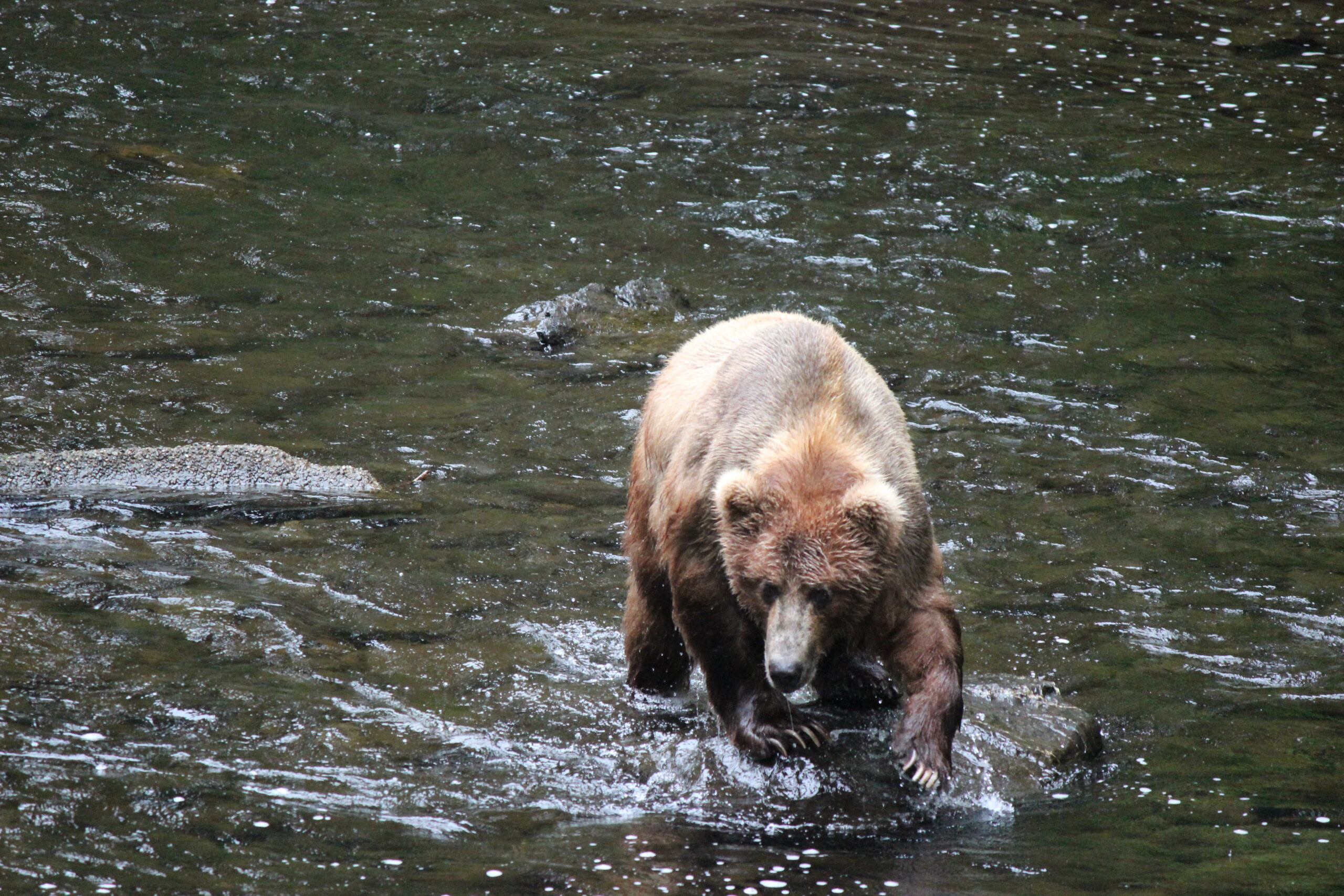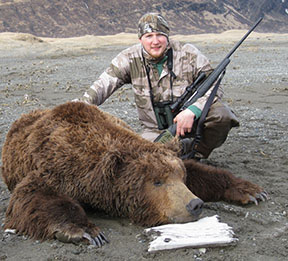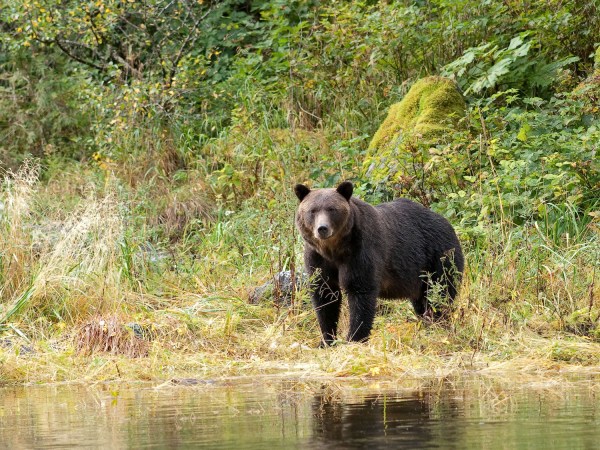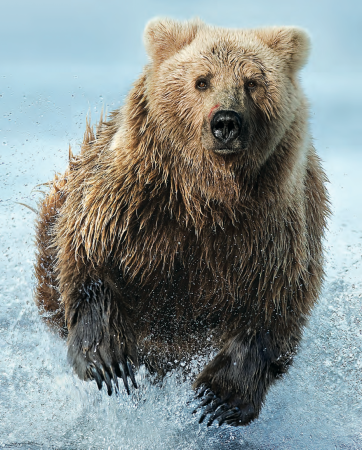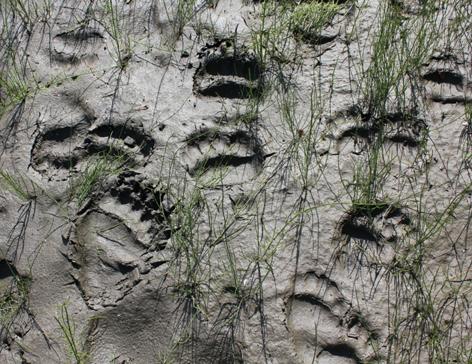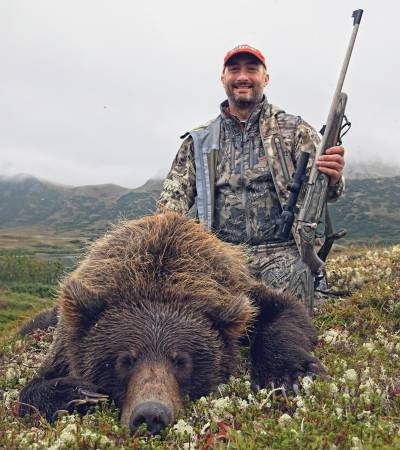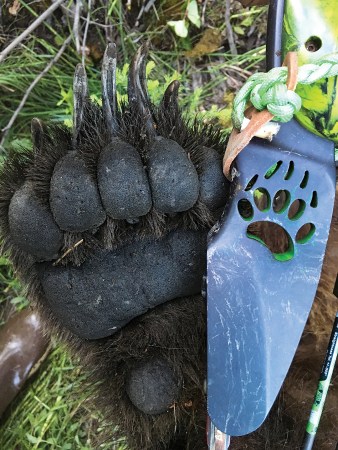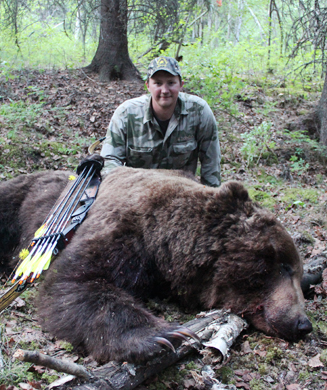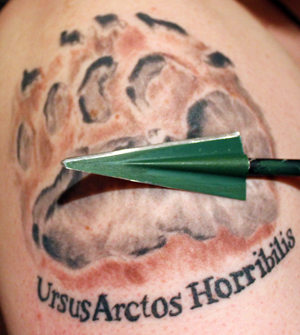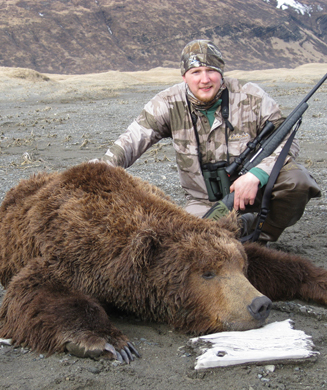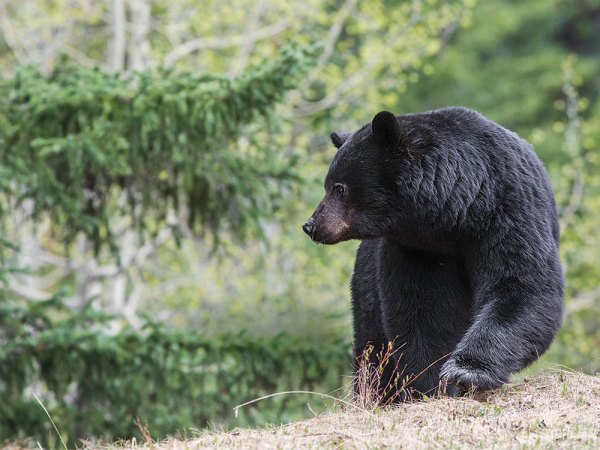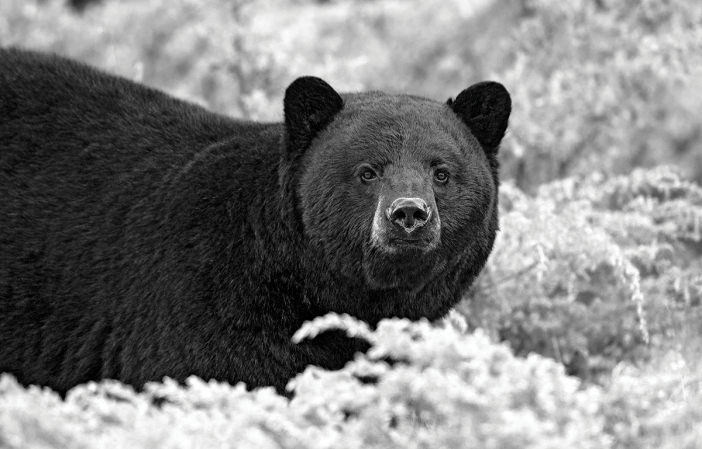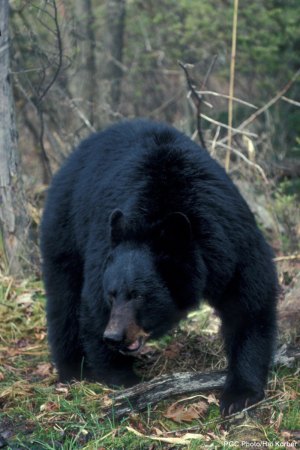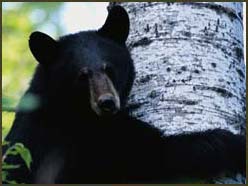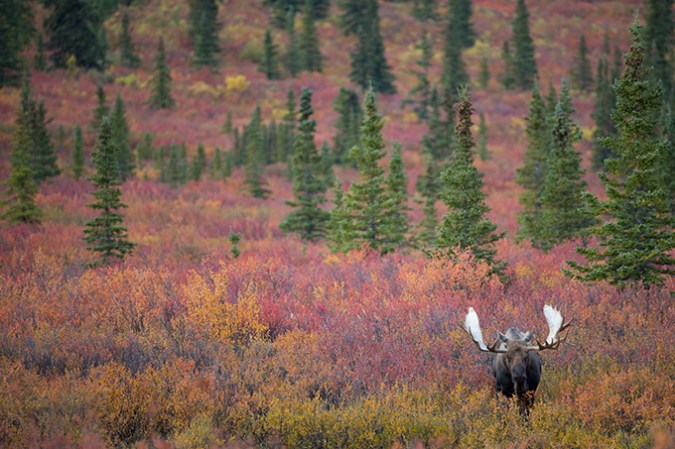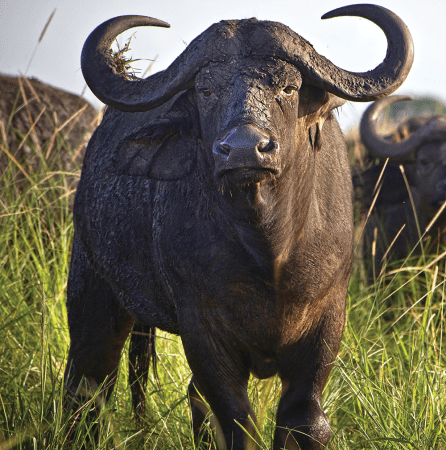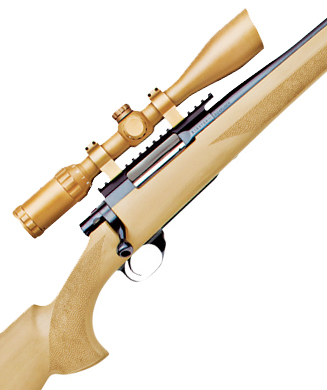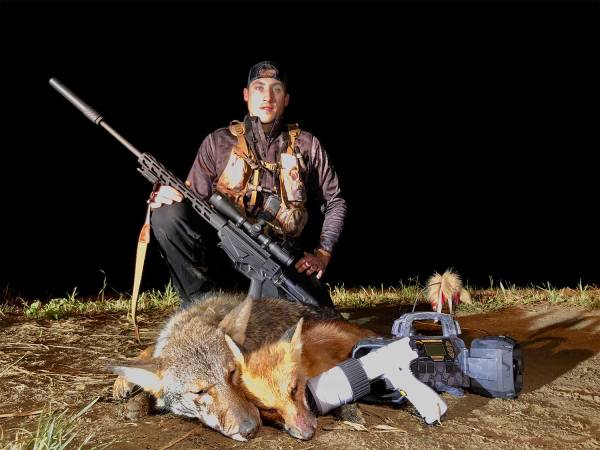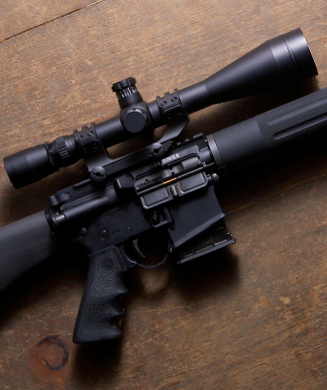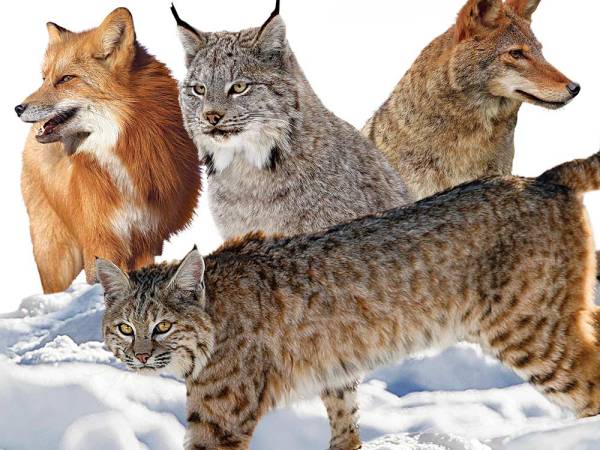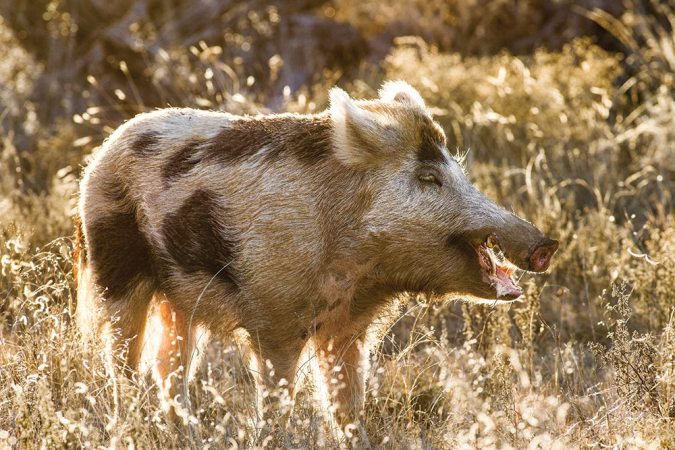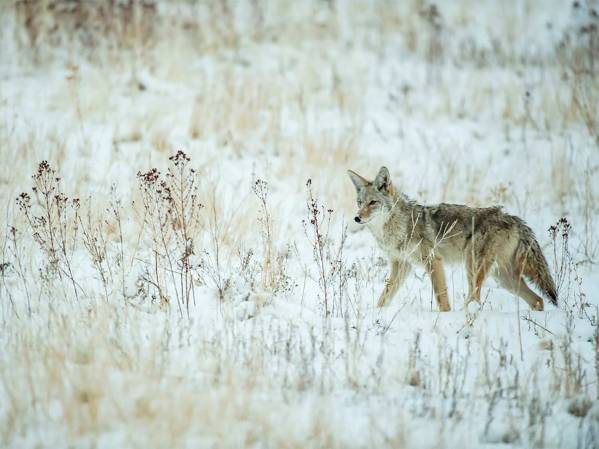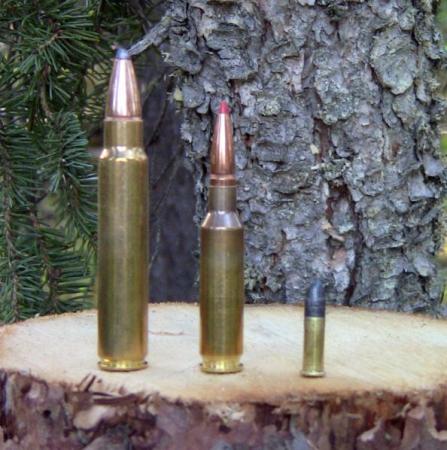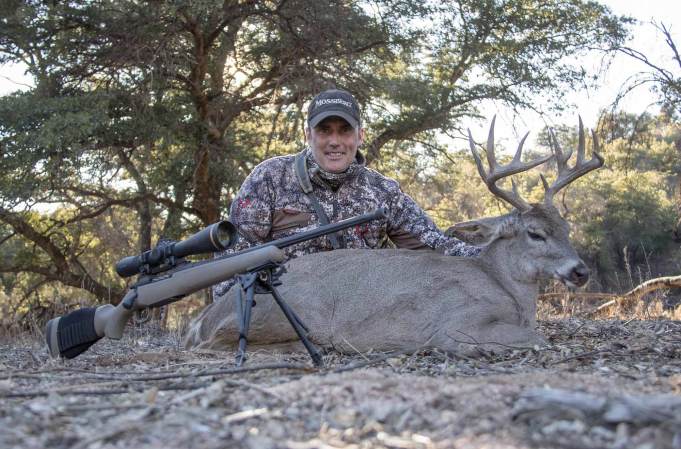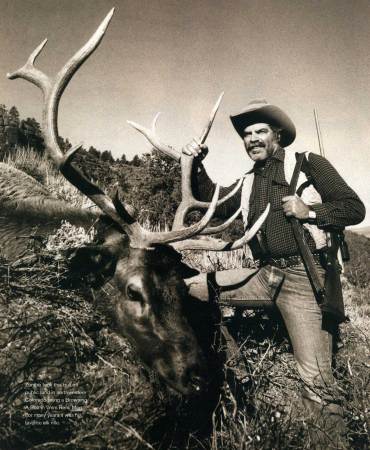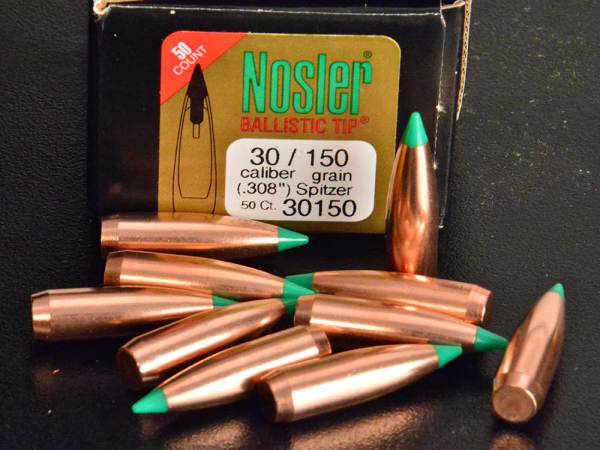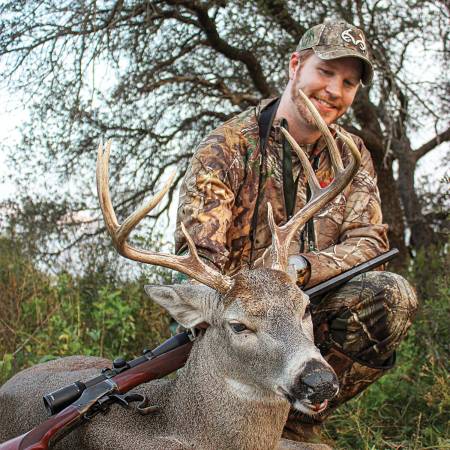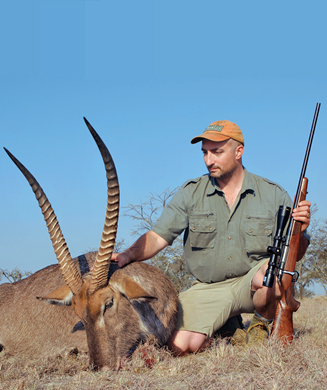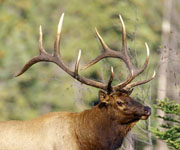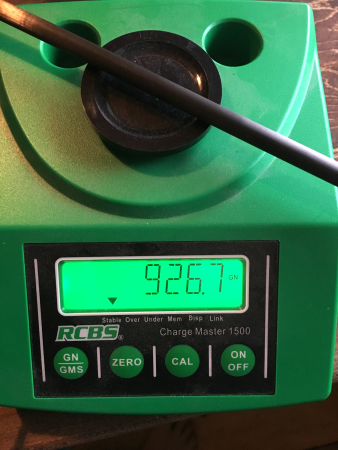“Stopping power” is a topic that you’ll see discussed in articles like this, on internet forums, and across gun-store counters as often as politics and gas prices. Much of what you’ll hear and read is irrelevant dribble—sales pitches, theories, and third-hand stories. Hunters who’s egos correlate to the size of their bores will often brag of their rifle’s stopping power—usually interwoven with a Ruark reference. “Can’t kill ’em too dead after all!”
What Is a Stopping Rifle?
An honest-to-goodness “stopping rifle” has its place, but what exactly is a stopping rifle? As indicated by the nomenclature, a stopping rifle is as much about its intended use as it is about particulars of performance or chamberings. It’s intended to stop things—dangerous things—and keep them from getting their horns, hooves, or claws into you.
There isn’t a clear demarcation between ordinary hunting rifles and purpose-used stopping rifles—that is a matter of opinion and context. There is significant overlap and stopping rifles don’t exist en masse as a category of their own. Popular “dangerous game” cartridges like the .375 H&H, .416 Rigby, .458 Win. Mag., and others are usually what people refer to when they discuss stopping rifles but defining them really isn’t as simple as bore diameter, bullet mass, or muzzle energy.
Penetration—and bullets designed for penetration—is the most tangible marker for a stopping rifle. The biggest difference in the application of a stopping rifle from normal hunting is that if you need to stop an animal, you can’t pick the shot angle. Your bullet needs to be able to drive through the animal and do the necessary damage—from any angle or entry point. Often this means bonded, monolithic, or other minimally-expanding bullets—sometimes even solids.
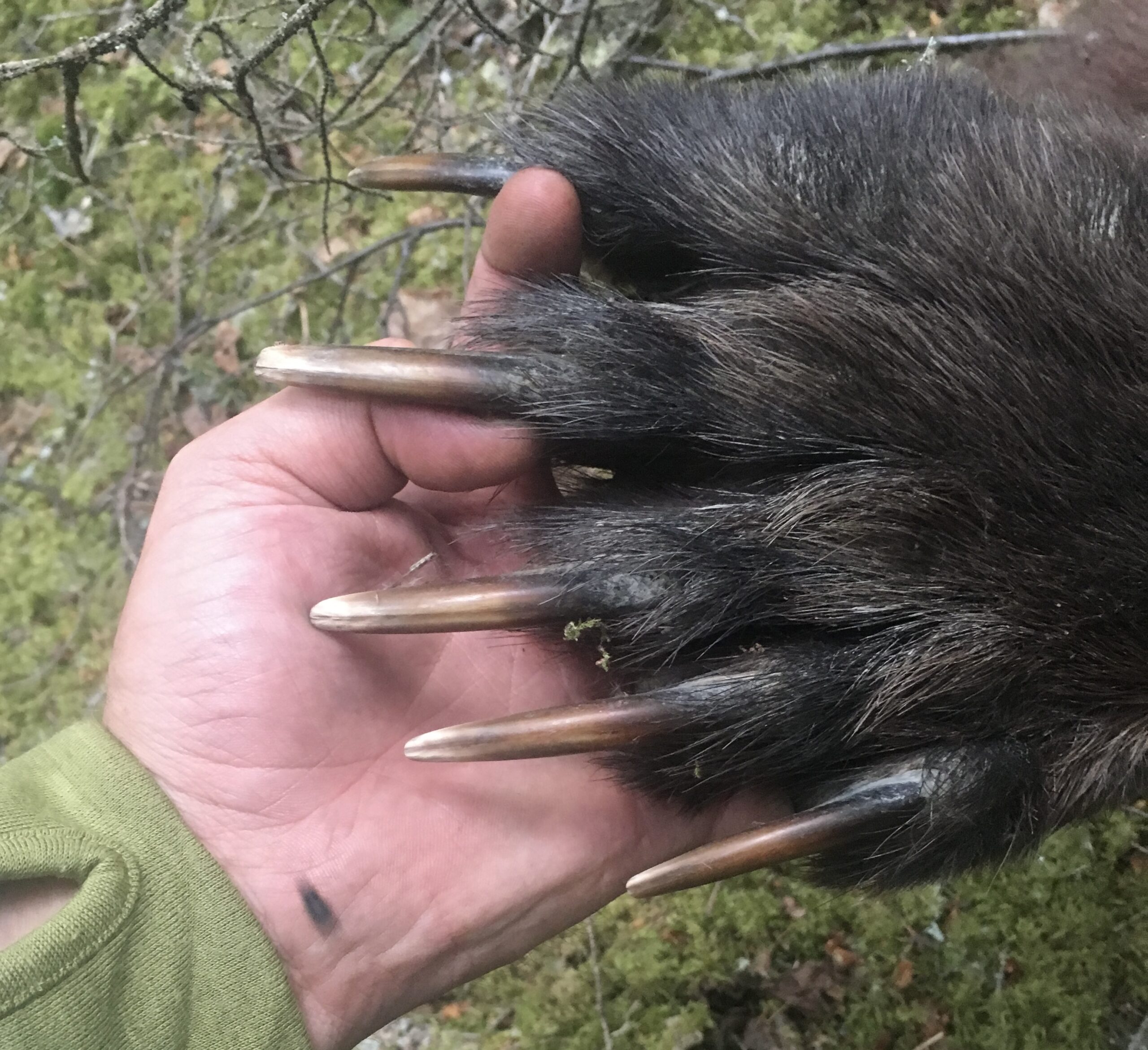
Power, and how bullet mass, diameter, and velocity play into that certainly does matter, but there’s no clear point at which a cartridge becomes an adequate stopper—it’s all somewhat relative. To a point, bigger is better in that it can be more forgiving on the receiving end, but a calculated number for muzzle energy or felt recoil doesn’t always translate to proportionally devastating results. Velocity is an enormous factor in the damage that a bullet can do, and a relatively light bonded or monolithic bullet can hit outside its weight class when pushed fast. Slower cartridges that employ heavier projectiles, like the .45/70 Government for example, do well with heavy soft-point bullets that will expand, but are massive enough to hold together and penetrate.
Muzzle energy is in part, just a number, and it’s rarely all “transferred to the animal.” For example, the whole 4520 foot-pounds of energy of the 300-grain Hornady DGX bullet coming out of my .375 Ruger certainly didn’t impart on the black bear I recently had to shoot at 12 feet. It flattened him, sending him crumpling backwards, but the bullet passed through-carrying much of that energy with it. I love that rifle, and I have confidence in it, but in that situation, a .308 with something like a Barnes 150-grain TTSX would have had a pretty similar effect at that range.
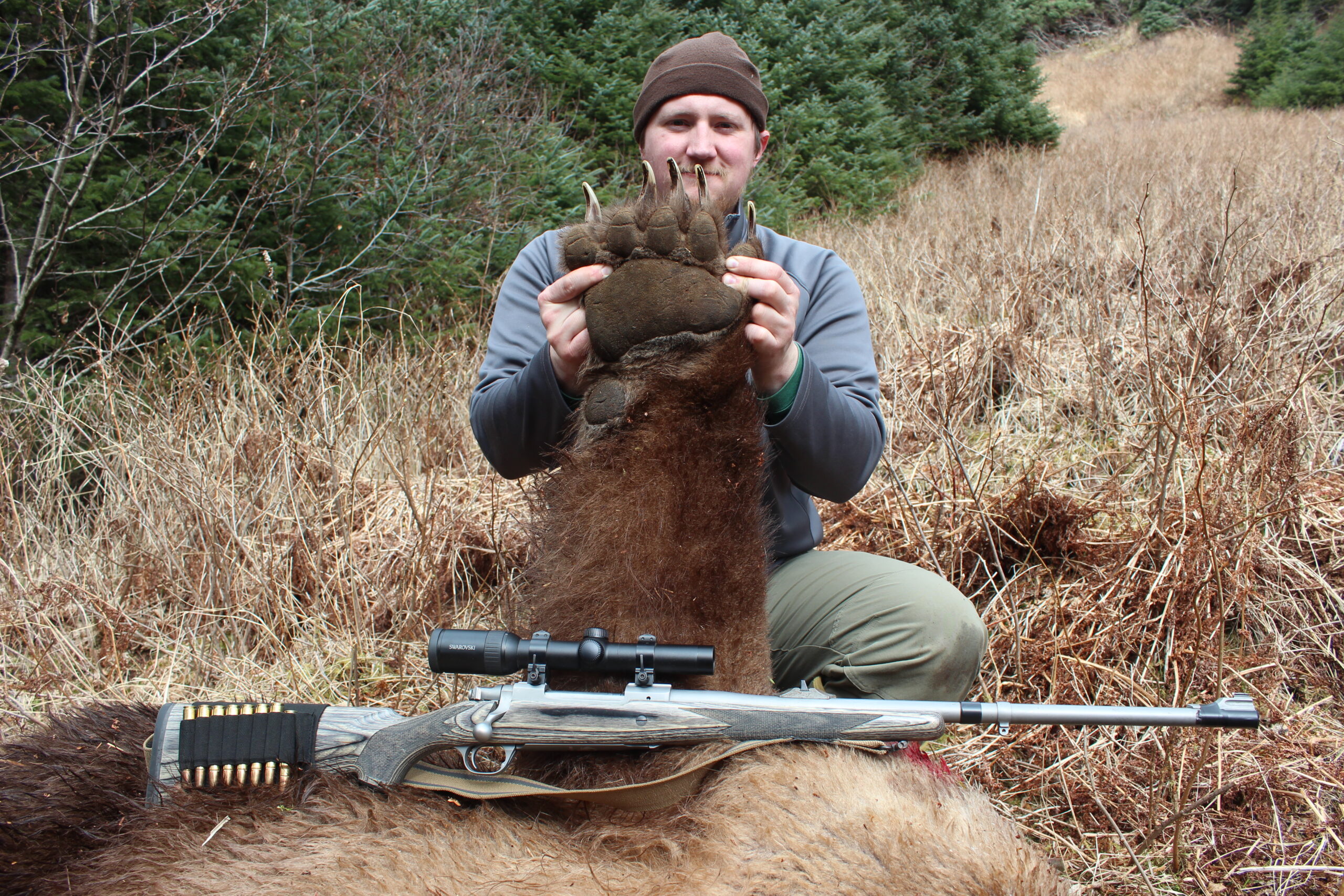
What a Stopping Rifle Can’t Do
Despite what some big-bore-obsessed hunters might tell you, a large cartridge doesn’t automatically flip a breaker when it hits animals, and it doesn’t make up for lack of talent. More horsepower certainly can add a level of forgiveness and margin of error, but it’s not a guarantee—you still need to be able to shoot it. Sometimes you’ll need to shoot multiple times.
An attacking or dangerously close bear can be reliably stopped or slowed with a good shot from a big rifle, but even the most ego-boosting large cartridges usually won’t drop them dead on the spot. That black bear I had to shoot a few days ago folded like a cheap lawn chair, but he managed to scramble about 10 yards after he was rolled. I know of a guy who surprised a grizzly near a bait site and had to shoot it from the hip point blank with his .375, which pitched the bear over long enough for him to chamber another round and hit him again.
On selective shots that produce clean kills when hunting (think double-lung), the biggest rifle won’t kill the animal instantly. I’ve watched average-sized black bears hit cleanly with a .338 Win. Mag. at 15 yards, only to get up and run 50 yards before expiring. You can’t expect better or more-expedient results on whatever angle a defensive situation puts you in (usually head-on or quartering-to).
How Big Is Too Big?
The most important factor in selecting a chambering for a stopping rifle is your ability to shoot it, stay on-target, reload, and do it again—quickly. That .458 you thought you needed won’t do you much good if it pitches you back 30 degrees when you touch it off. When it comes to a stopper, bigger is better—the caveat being that you must be able to shoot and handle it briskly and with authority
There are plenty of adequate stopping calibers—primarily focused on bears in North America—that cover a broad spectrum. At some point big becomes too big. And small is too small. There’s a reason that no one totes around a double .500 Nitro Express in the bush, just as no one will say an AR-15 in .223 is a wise choice for a charge-stopper—although with something like a 55-grain Barnes TSX or Federal Premium 62-grain Fusion, it would be just fine for hunting black bears at close range.
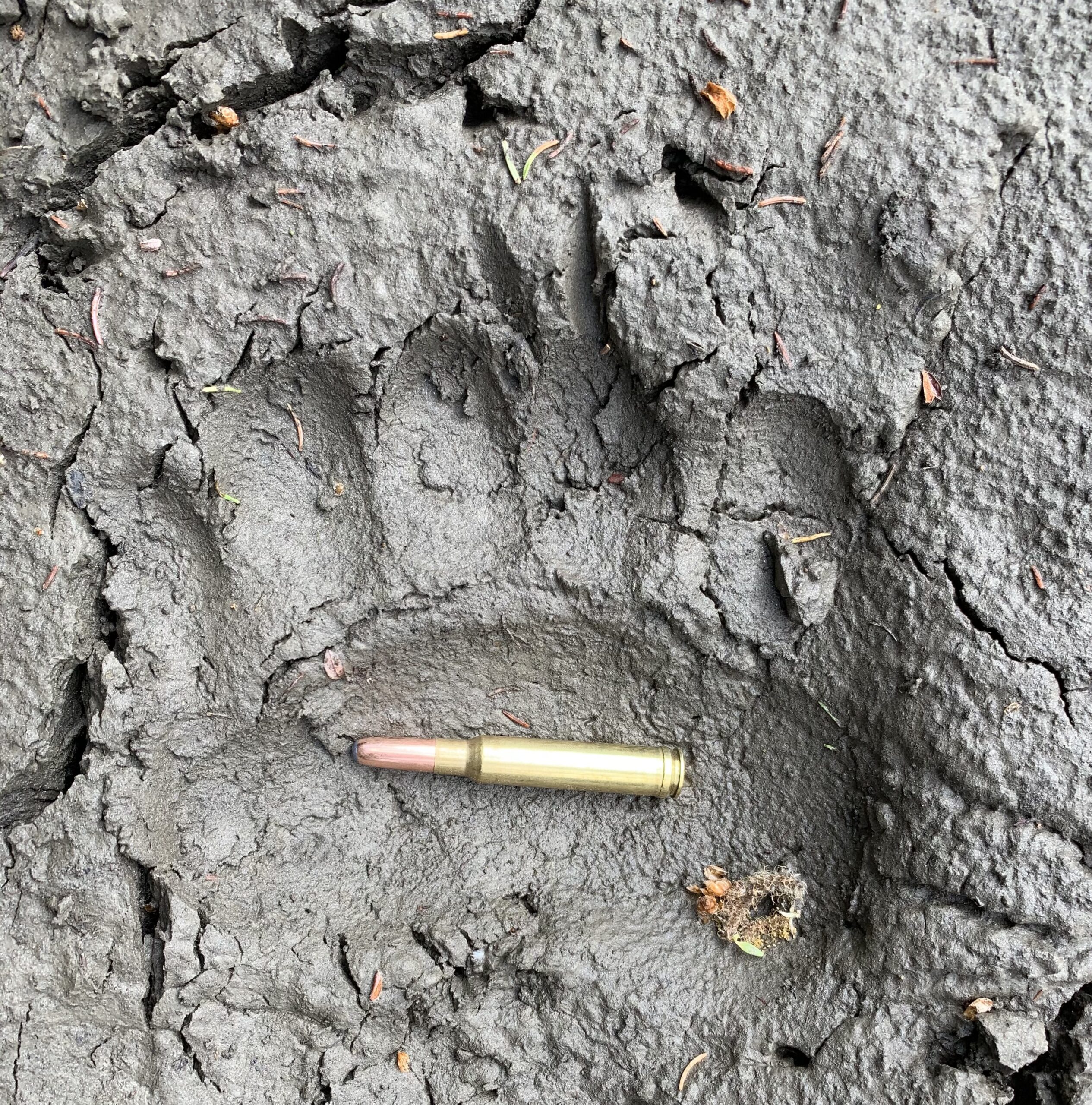
Determining the boundaries of that spectrum is a decision you must make yourself. Stare down a big grizzly at a few paces, and anything you have will feel like a BB gun. However, there are lots of good options that will generally be effective, and you should base your choice on your needs and what you can shoot well
A good stopping rifle is much more than numbers. Bullet selection and shootability play a more pivotal role in success. Although its power is a big overplayed, a quality .45/70 Government like the new Ruger-made Marlin 1895 SBL is a great option. Factory loads like the Federal Hammerdown are generally relatively slow and low-recoiling, but they deliver heavy, deep-penetrating bullets with good expansion. Lever guns are also handy and quick-to-reload, which can get you out of a jam in the thick stuff.
My favorite rifle for bringing into bear baits and tracking wounded bears is my Ruger M77 Hawkeye Alaskan in .375 Ruger. I also have an M77 Guide Gun chambered in .338 Win. Mag., and I do like the shorter barrel of the Guide Gun. Going into bear baits and tracking bears in my neck of the woods means dealing with grizzly bears, and since I shoot the .375 Ruger well, it’s a great option. In-fact, the only thing that could make it better for that purpose is if it were chambered in the larger .416 Ruger. Alas, my .375 Ruger is still a fine, powerful rifle, and a bit better-suited for hunting applications than as a specialized brush cannon.
Do You Need a Stopping Rifle?
For most hunters, a big-bore stopping rifle would be a novelty and is unnecessary—despite the arguments you might present to your spouse or significant other to gain their approval. Even in bear country, the hunting rifle you have might already be plenty.
Determining the type of rifle you may (or may not) need simply requires you to evaluate the situations you are in when you’re in the woods. If you’re an elk hunter in grizzly country, chances are that your elk rifle and bullet selection are going to be adequate to keep you safe—you might just want to have a scope with very low magnification on the bottom-end—and keep it there when you’re not actively taking a long shot.
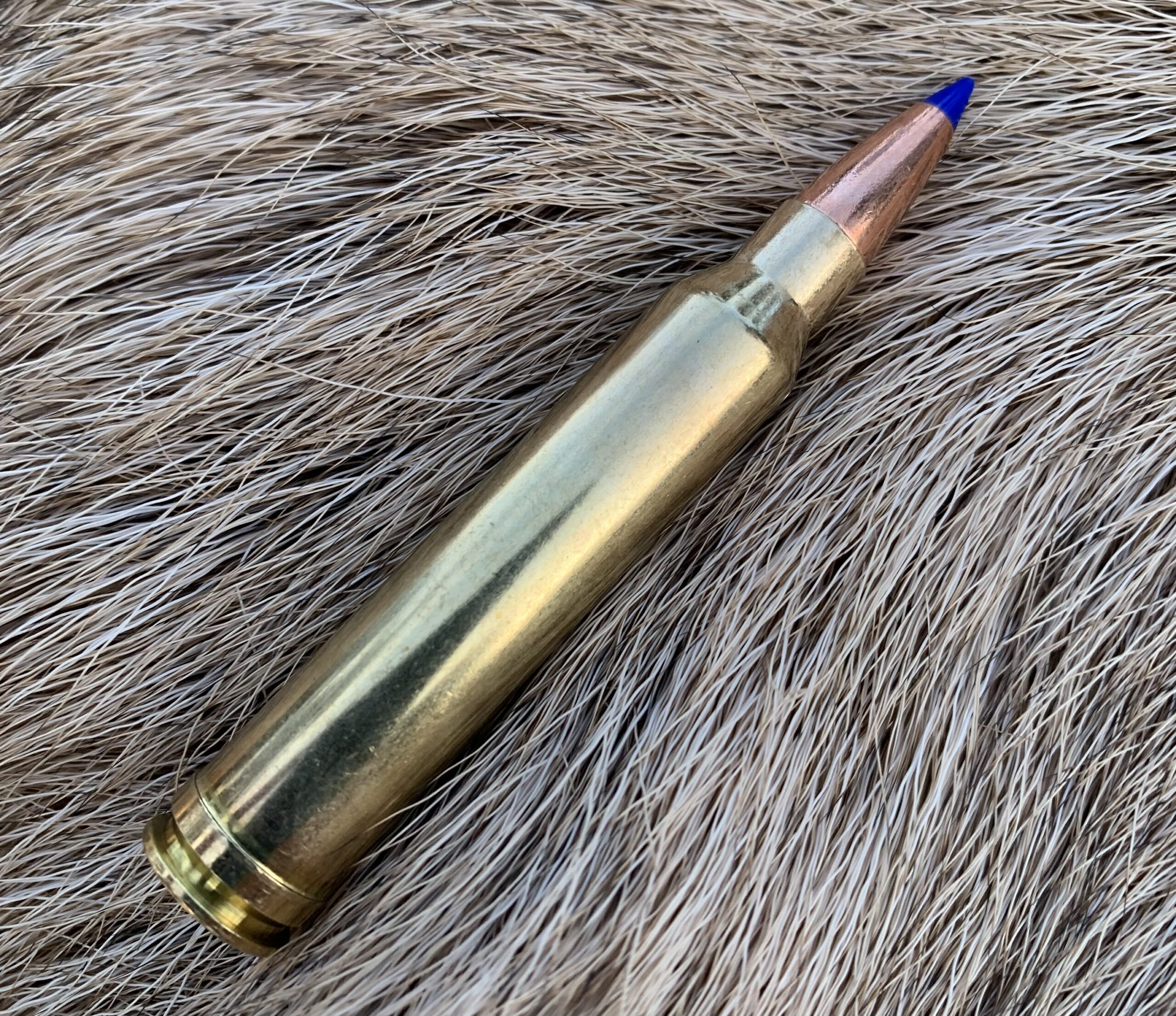
Read Next: First Look: Nosler 21 in .375 H&H
Even a .30/06 or .303 with bonded or monolithic bullets is more gun than many people give it credit for. Those cartridges have probably killed more grizzly bears than any other two put together. Alaska Legend Frank Glaser killed numerous grizzlies with his .30/06—some of them at very close range. The key was that he could shoot it well, repeatedly.
However, if you’re in situations that regularly and reliably put you in close quarters with bears, it’s never a bad idea to swing for the fence and use the biggest rifle you can comfortably manage. If you’re regularly tracking wounded bears, fishing streams that are choked with them, or running a bear bait—get a good stopping rifle or pick some sturdy loads for the one you have. Even black bears can be highly unpredictable. My buddy Frank had to shoot one in a full charge at 15 feet with his .300 WSM, dropping it instantly by hitting it in its open mouth. My other buddy Rob successfully fended off another bear with his .30/30 while they were trying to take photos of the first!

